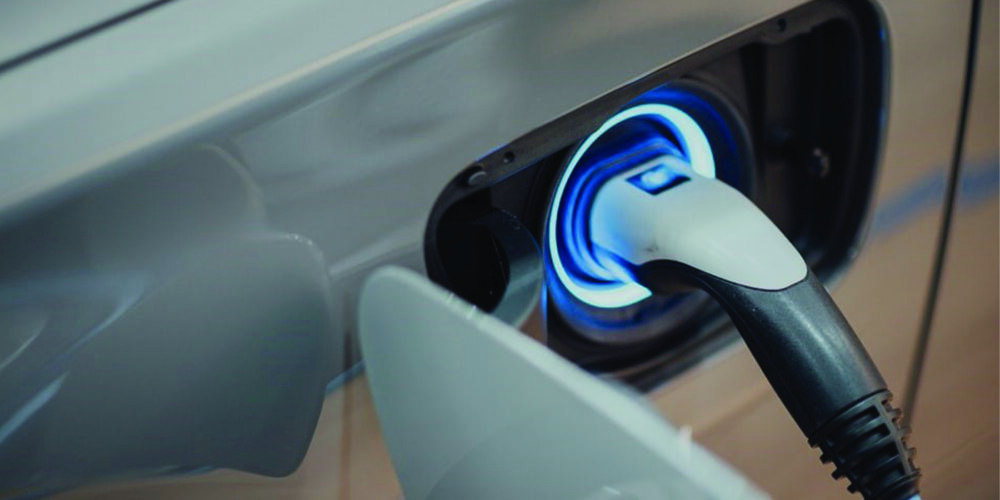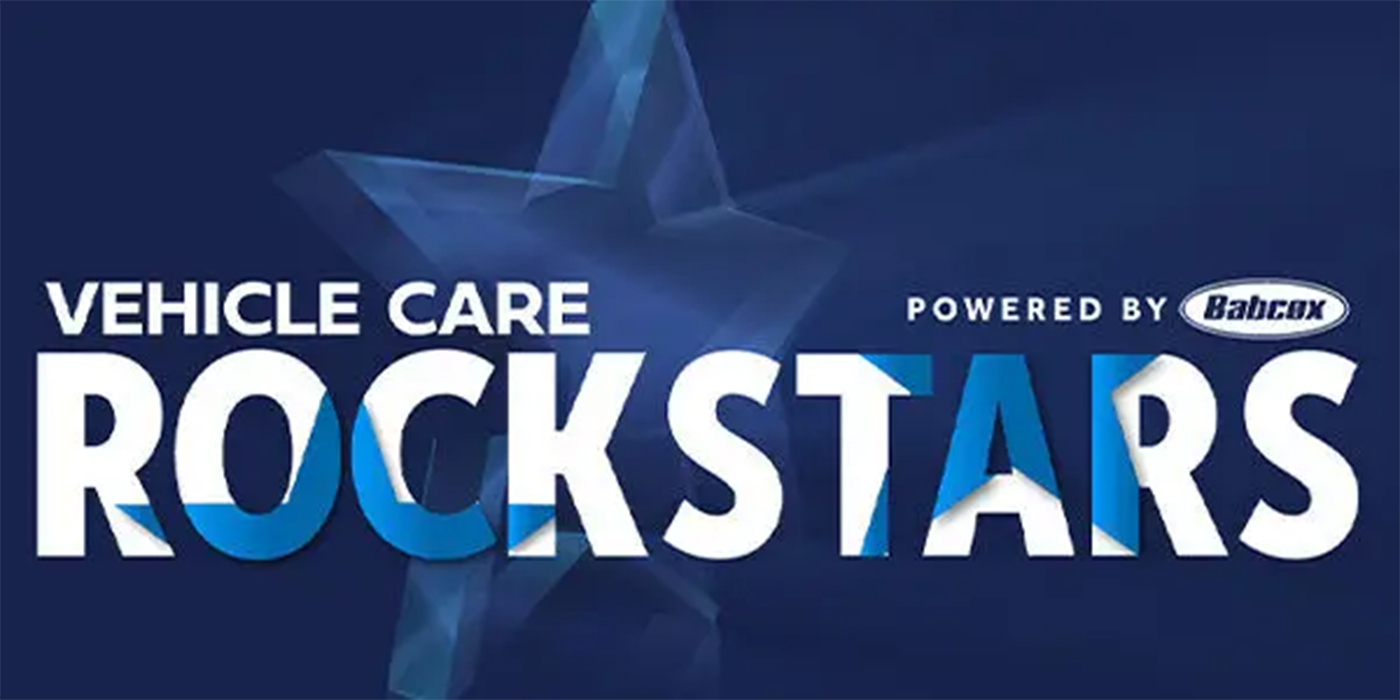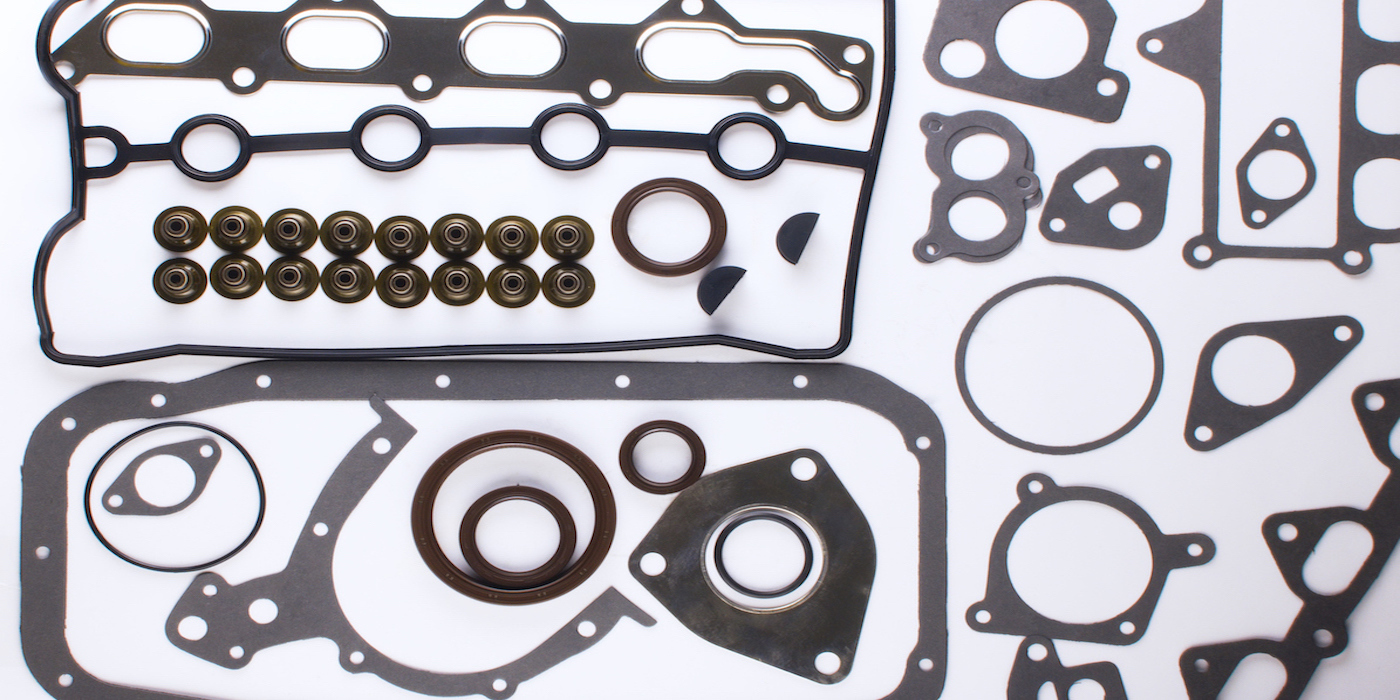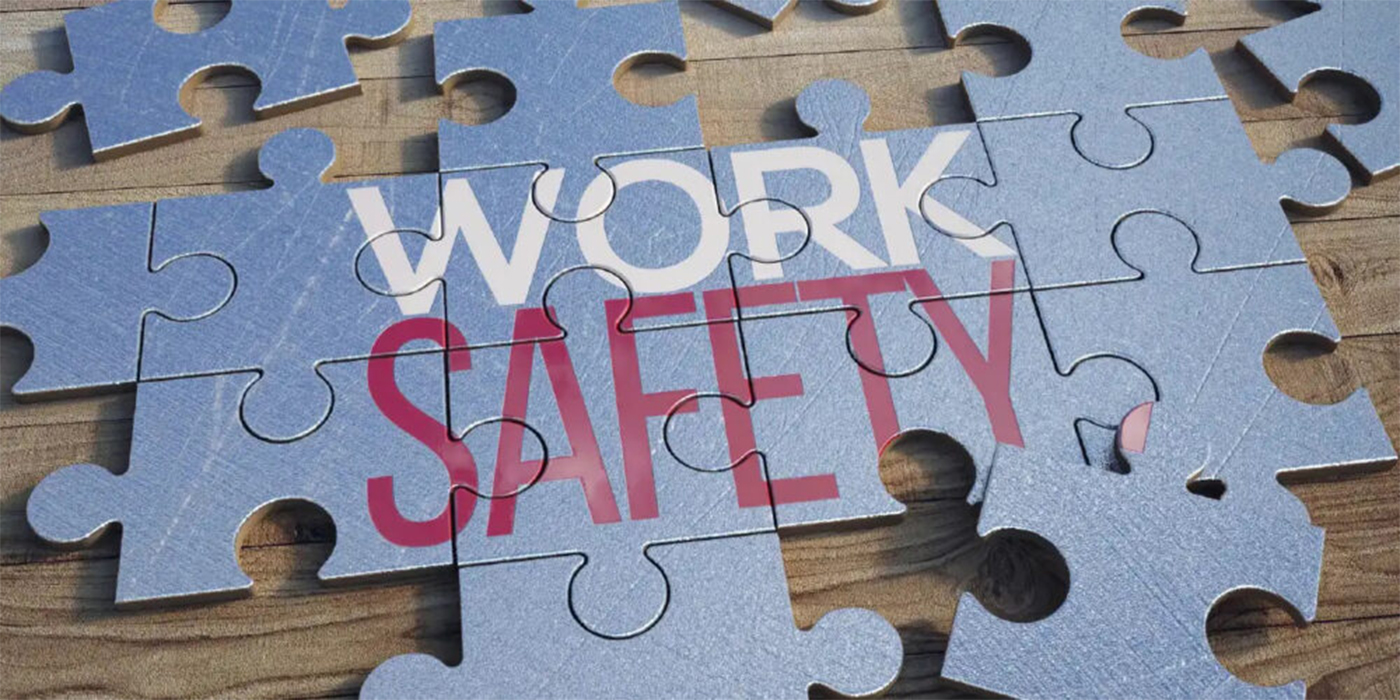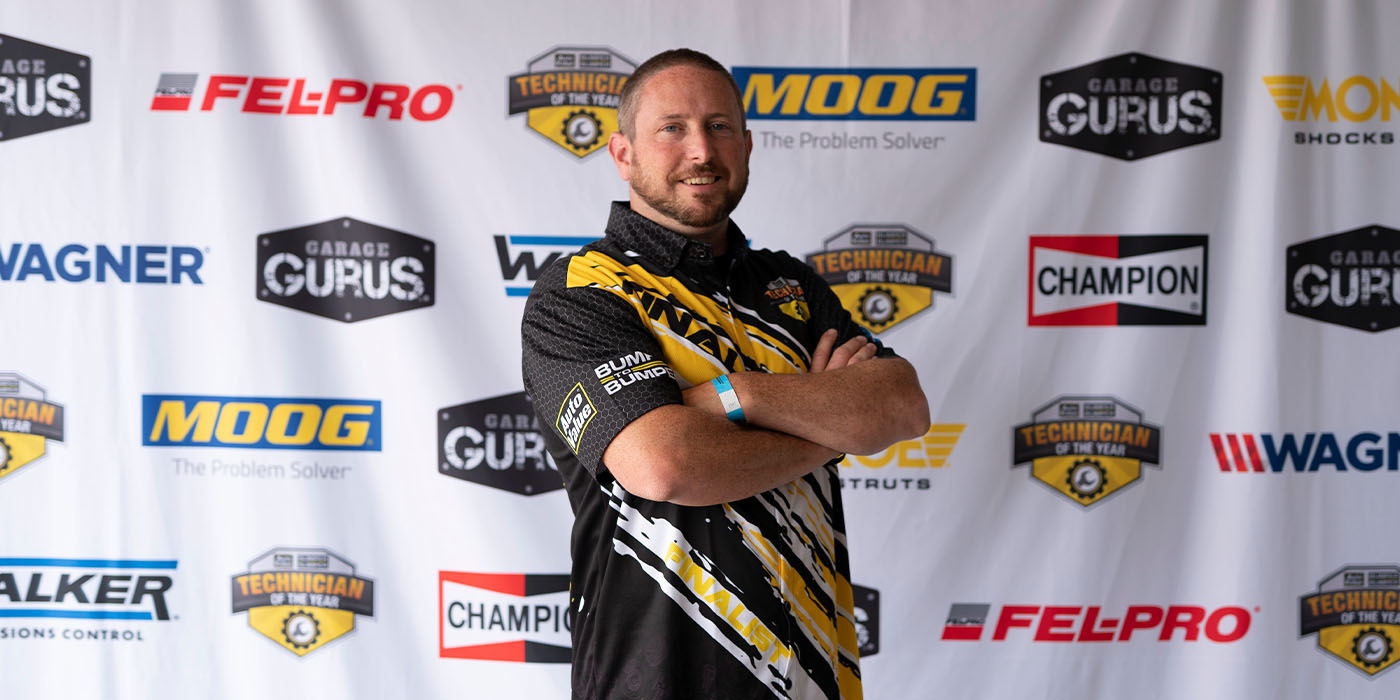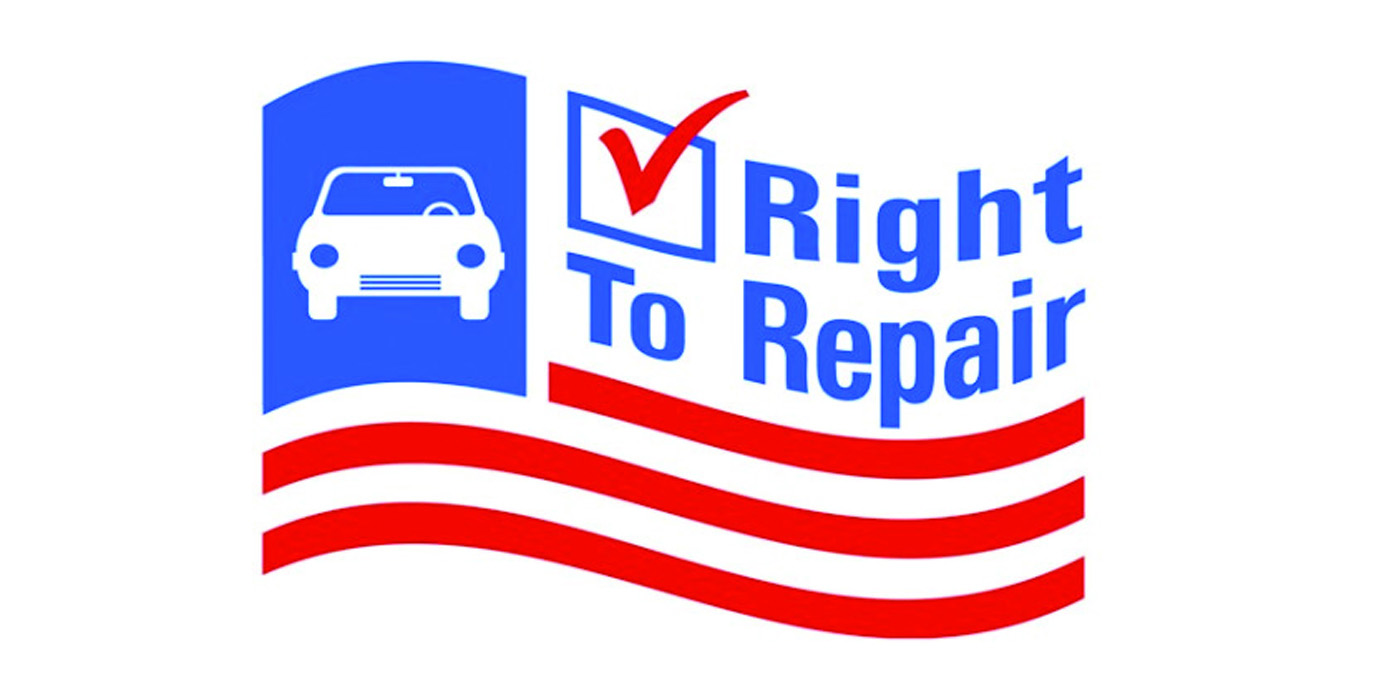I would like to say thank you for reading this magazine. Whether this is your first issue or your 896th issue, thank you for making it possible. We could not have done it without you. How does a magazine stay in business for 75 years? People may say flashy covers, good leadership or deep pockets to survive the rough times. It does take all of these things, but above all it takes successful readers that are valued or potential customers of our advertisers.
The reason why this magazine and the aftermarket in general has done so well is that you the reader has been successful. Our business and growth plan is simple. We want to help every reader to become successful with relevant information to repair vehicles and run a more profitable operation. If the readers of BRAKE & FRONT END are successful, the manufacturers of undercar parts, tools and other supplies are ultimately successful. If a company is healthy and growing, they advertise. When a company advertises, the readers of magazine become aware of the company’s product and buy it. It is a never-ending cycle that was started 75 years ago and continues to this day.
Being Relevant
When Edward S. Babcox first came up with the concept of BRAKE & FRONT END in 1930, he saw a growing number of shops specializing in brake and chassis repairs. He also saw that the professional “brake man” was faced with more vehicles that were becoming even more complex. During the first ten years of the publication, the magazine provided readers with relevant step-by-step brake adjustment procedures and technical theory articles about the basics physics of braking. The magazine also helped with articles on how to use Freudian psychology to collect on debts during the Great Depression.
During World War II, the magazine had to question its relevancy during a time of war and rationing. In response to these national difficulties, BRAKE & FRONT END looked at ways to replace the work force that was going to war overseas. Also, in response to the rationing of gas, nylon and rubber, editors wrote articles on how to get the most life out of a tire and how properly adjusted brakes can save gas.
During the 1970s, change in the automotive industry was rampant. Disc brakes were taking over and items like struts and front-wheel-drive were in their infancy. But, the biggest challenge to the industry and shops came in 1976 when it was announced that asbestos could cause lung disease. In response, BRAKE & FRONT END published the OSHA and EPA guidelines for dealing with brakes almost word-for-word. We also gave manufacturers of dust vacuums and wet baths a forum to reach the shops that need the equipment.
In the 1990s, the magazine published more information on how to service anti-lock braking systems than any other magazine. We also saw that our readers were changing. We realized that the days of the gas station and two-bay shop was coming to an end. But, we also saw that most shops were growing and increasing in the size of their staffs and customer base. In order to stay relevant, we started to publish articles on customer service, health insurance and other human resource issues that were becoming critical to you the reader.
In just the past five years, we have to stay relevant with the information age. New topics like internet connection speeds, setting up a computer network and dealing with software bugs have worked their way into the pages of the magazine. Also, we were the first magazine to write about how copper in the brake fluid is an indication of the condition of the brake fluid.
The Future
So what is the future? With new hybrids and technology to increase fuel economy, the undercar industry is positioned for a bright future. New “by-wire” technologies will change how shops perform repairs. While at least seven or more years away, the technology will not make shops obsolete. The systems might be trouble-free, but they will always need new friction material. Also, to change the pads on these systems, it will require special tools that can retract the piston.
Steering by-wire and electro-magnetic assist will become the norm over the next decade. Even if these systems are maintenance free, potholes and curbs will always be there to mangle tie-rods and ball joints. Just imagine the boom in business once they put email and the internet in cars.
The same is true for shocks and struts. Even with new technologies that can adjust the valving or the viscosity of the fluid in mille-seconds, the seals at the rod will eventually wear out and leak. Without any fluid to manipulate, the computer might sense too much body roll or excessive suspension movement. This will set a light on the dash directing the owner to get the shock or strut replaced.
As for regenerative braking systems, can you image the labor rate it will take just to diagnosis the system? Also, can you imagine the additional charge to deal with high-voltage systems?
Needless to say, BRAKE & FRONT END will be here to keep you abreast of new these new technologies for the next 75 years. Why? Because we need you the reader to be successful so you can support our advertisers.
Thank You!





